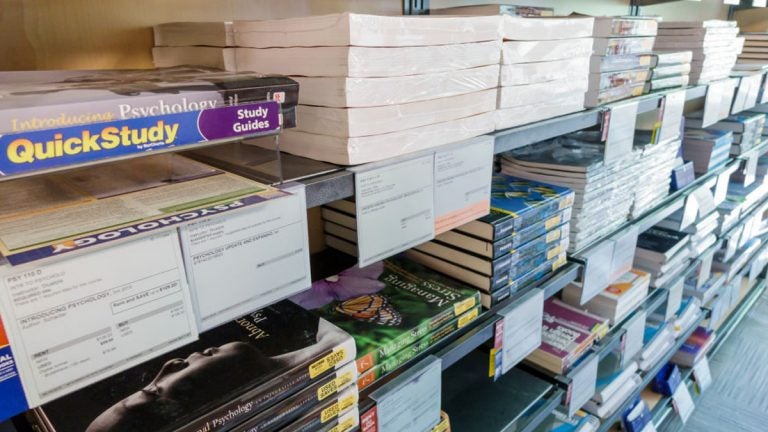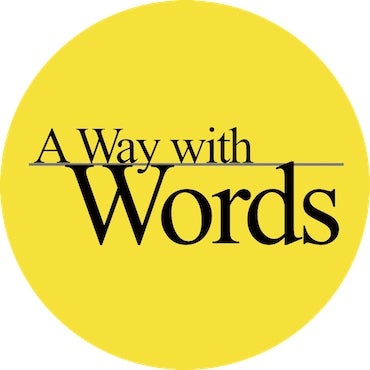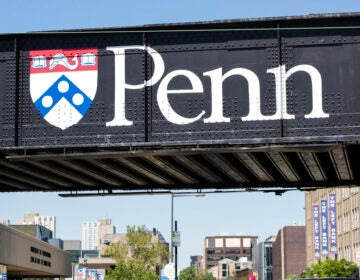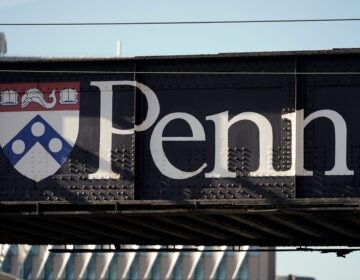Nothing says welcome to college like exorbitant textbook prices
When the cost of a textbook could feed a family of four for a week.

Books for sale in the college bookstore at the University of Miami. (Jeffrey Greenberg/UIG via Getty Images)
This story first appeared on The Hechinger Report
—
University professor Robert Mann started college last week at Louisiana State University in Baton Rouge, La. Mann had to drop off more on campus than his daughter. He also had to leave behind a load of cash for textbooks.
Mann tweeted, “Paid today for my freshman daughter’s textbooks at @lsu. $700 for one semester. She was stunned. I was stunned. How do faculty and admin allow these publishers to shake down students like this??”
To put that into perspective, the poverty line for a family of three in 2018 is $20,780, according to federal guidelines. Assuming textbooks at LSU cost the same the next semester, that $1400 a year represents nearly 7 percent of a poor family’s annual income.
Families can’t eat textbooks. And they can’t afford them either.
“You’re already paying thousands of dollars to get into school; you shouldn’t have to pay ridiculous amounts to actually do it,” said D’vasha Hodges, 19, a sophomore nursing student at Bradley University in Illinois who has paid, in some cases, $300 for a required text that she wouldn’t have been able to afford without financial aid. “Some professors expect you to have your books on the first day of class, but if your financial aid hasn’t gone completely through, you have to wait.”
Books, which are required by university faculty, are draining financial aid dollars away from basic needs such as food, clothing and shelter. The Wisconsin Hope Lab, a higher education research group, found in a 2017 study that two in three community college students are food insecure, a term that means “the limited or uncertain availability of nutritionally adequate and safe foods.”
And students are not just lacking in food; many part-time and commuting students don’t have a home to go back to. According to a 2015 study from the Wisconsin Hope Lab and a 2016 report by a group of nonprofits working on hunger and homelessness issues, an average of 13 percent of community college students are homeless. Half of the community college students surveyed in both studies were housing insecure, which refers to the inability to pay rent or utilities or having to move frequently.
To put that $1400 book bill in perspective: The median monthly gross residential rent in the United States was $981 in 2016, according to U.S. Census data. It seems to cost as much to have textbooks as to have a roof over one’s head.
According to an analysis by The Economist, the “nominal price of textbooks has risen more than fifteenfold since 1970, three times the rate of inflation.” That’s a huge burden on all students, but none more so than students struggling to pay full freight for their education.
The following table represents the required courses for a Pre-Med track at Wellesley College, and the cost of required textbooks for two semesters of four classes each. The table does not include the prices of textbooks for prerequisite classes that a student may need to have completed before she is able to take her Pre-Med requirements. The textbooks required at Wellesley are standard and used by Pre-Med students across the country.

As the table shows, new books will cost a Pre-Med student more than $1500. Used books cost more than $750. Renting books is the best deal in town at nearly a fifth of the cost of new. Clearly, middle- and low-income students need alternatives. But no one should have to pay these exorbitant prices. Some resourceful students resort to “book sharing,” where friends get together to purchase a single set of books to use collectively. Others will purchase e-books, go to off-campus bookstores, purchase older editions and make photocopies to get by. The textbook hustle is real.
But how do faculty, administrators and publishers get away with the textbook shakedown?
It’s not uncommon for a professor to assign a book they themselves wrote, but more than likely they will assign the book of a well-liked or respected colleague. Professors aren’t making the kind of money publishers are from selling the books, but, because they get free desk copies from publishers, they’re not feeling the pain of paying for the books themselves. Consequently, they don’t look for cheaper alternatives.
D’vasha Hodges is right: She already paid application fees and tuition; she shouldn’t have to keep paying to perform mandated work.
As taxpayers, we’ve decided to subsidize the education of every American child between the ages of 5 and 18. They don’t have to pay because we deem books necessary components of learning. Free books in public K-12 schools are so ubiquitous that people don’t think about it, but everyone in primary and secondary public school receives financial aid that doesn’t need to be repaid, and that includes textbooks. If college is a necessary stepping-stone to a middle-class life, then collegians shouldn’t have to pay for books either. We need a similar model for college where we eliminate hidden costs that increase the real price of higher education.
You don’t need a college degree to understand that textbook publishers and postsecondary institutions are taking advantage of students’ need to go to college. It’s also clear you don’t need to get a college degree to get rich. You just have to own a publishing company.
—
Produced by The Hechinger Report, a nonprofit, independent news organization focused on inequality and innovation in education. Sign up for Hechinger’s newsletter.
WHYY is your source for fact-based, in-depth journalism and information. As a nonprofit organization, we rely on financial support from readers like you. Please give today.




